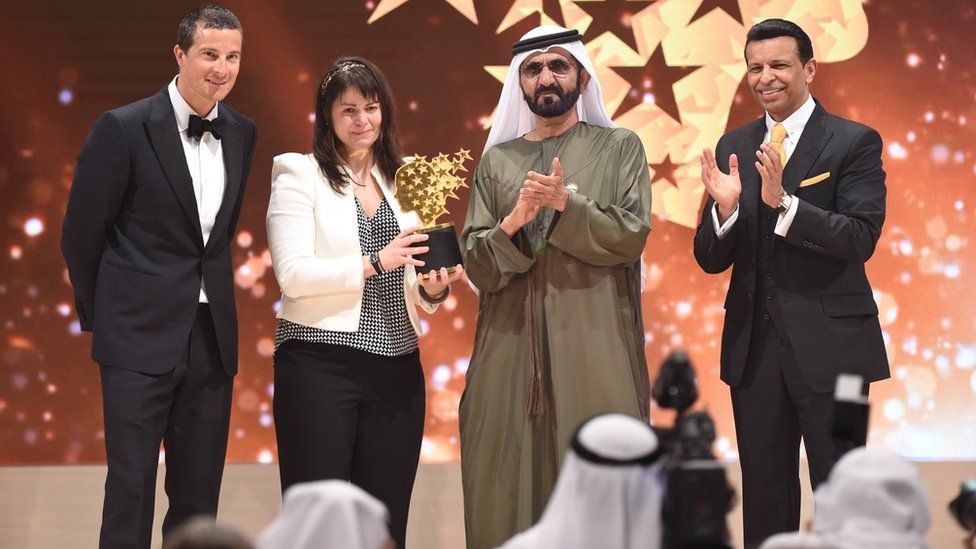A recently available tv advertisement describes personnel ranking about their personal information arrays bemoaning the messages they’re obtaining from different group members. They’re bewildered and dismayed that the messages request their worldwide company strategy. Looking among each other, they question if they even have an international company strategy. We almost have to end, they have none ANA GLOBAL.
Obviously, the offer is selling a communications product not company strategy. However, how did these specialists end up in that problem? Were they aware that global company needs changes? Planning worldwide is a procedure that starts with chief vision and foresight and might take years to effectively accomplish.
Leaders who positively scan the skyline for new possibilities also begin to see the difficulties the possibilities present. They see barriers, never as hindrances, but quick breaks within their forward movement. Like doing a force subject examination for modify, leaders study barriers for methods to reduce bad allows and increase positive forces.
The concentration of this conversation is on changes agencies will face when planning global. Adaptations recommend the organization and its leaders have to become alert to potential barriers creating a navigation strategy to over come them. Additionally, cultural relations among personnel on an international plane will mean a different socio-technical climate.
Among companies in the United Claims, small and medium operations might perform within the limits of a single state. They have to obey state regulations governing how they do business. On a greater stage, some organizations perform as interstate businesses. They have to adjust to regulations of multiple states and obey federal interstate commerce laws. As ambiguous as these regulations might be, operating within the company’s home state is less hard than establishing to worldwide demands.
Addressing changes U.S. agencies face upon planning worldwide start significantly prior to when in school company schools. Primary and extra colleges however train a conventional curriculum of examining, ‘riting, and ‘rithmatic in much the same way as two decades before (Andrzejewski & Alessio, 1999). Thus, the initial adaptation hurdle to over come is standard training that stays largely ethnocentric and nationalistic.
Alternatively, the European Union wrestles with a new feeling of supranationalism. Supranationals are cross-national or subnational people that do not state “political personality and social membership” (Bridge & Watson, 2002). The business enterprise chief using an organization worldwide today has a hurdle that allows thinking beyond state one and state two toward a acceptance of men and women residing in one or yet another place however not emotion or being fully a area of the national culture.
The European Union grants citizenship rights to any national of the EU regardless what place they presently reside. Nevertheless, allowing of citizenship rights to international nationals is a complicated concern and each member place decides on citizenship processes. According to Link and Watson, European cities have concentrations of international nationals from as low as about 14 percent in Paris to as large as 32 percent in Amsterdam.
Version to worldwide company, thus, is never as easy as blending the culture and company practices of multiple countries. Version is a learning method according to McCall and Hollenbeck (2002). The learning method goes beyond company, they say. International company is company; however, in social contexts, establishing to the culture is a tougher lesson to learn without experiencing it being an expatriate.
U.S. company has a extended approach to take to over come barriers to adaptation. McCall and Hollenbeck (2002) give a see of barriers in the form of instructions realized by global professionals versus U.S. executives. Among global professionals responding to overcoming the buffer of culture, they responded understanding yet another language was the number one talent followed closely by learning about a particular culture and how to call home in that culture.
Executive felt these abilities were required (Table 4-1, pg. 95). Furthermore, McCall and Hollenbeck’s research recommended that global professionals are far more alert to working a company while U.S. alternatives are involved about technical knowledge.
In leading and handling others, global professionals need to learn to help keep people inspired and committed while U.S. professionals are involved about leading and motivating followed closely by management values.
Nevertheless, U.S. company rates 2nd among 59 nations ranked on seven financial conditions for worldwide competitiveness (Rosen, 2000). From this statistic, the U.S. company is open and financially protected, gets the engineering, labor force, and infrastructure attractive to global business.
Yet another buffer to effective worldwide control, resolved above, is training and developmental activities (McCall & Hollenbeck, 2000). Leaders reported training and developmental activities third among 18 knowledge categories. Nevertheless, worldwide leaders reported it more often than U.S. domestic leaders.
McCall and Hollenbeck learned that more than one-third of developmental and instructional competencies they ranked came from high school, school, and graduate college learning. Senge (1990) took an action toward organizational understanding in The Fifth Discipline and McCall and Hollenbeck bring it more explaining that organizational understanding should be active, have an international perception, have large expectations, and reflect the worldwide character and cultures of the organization.
